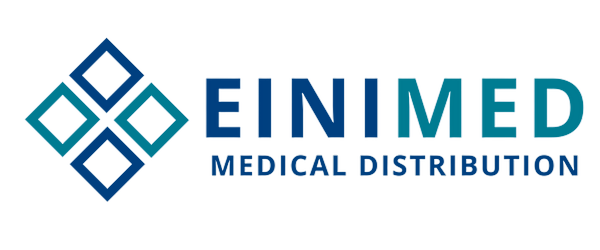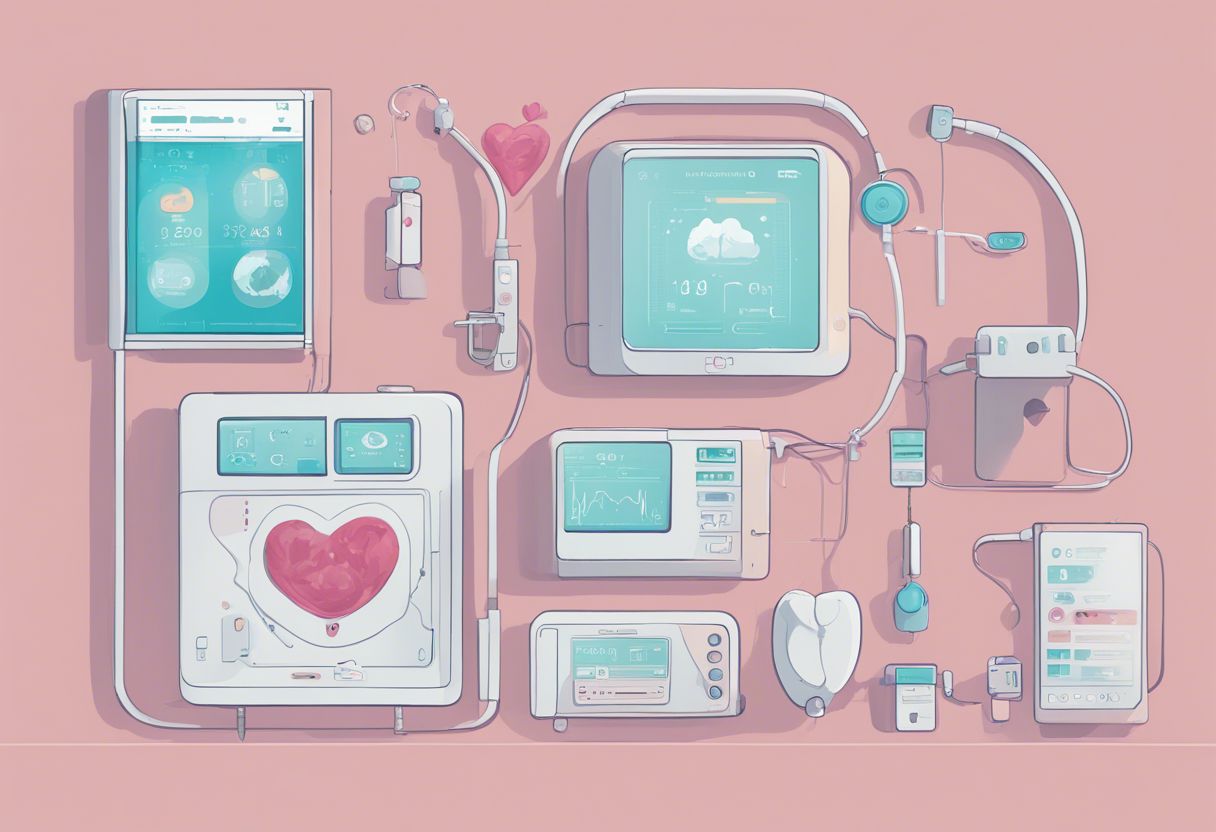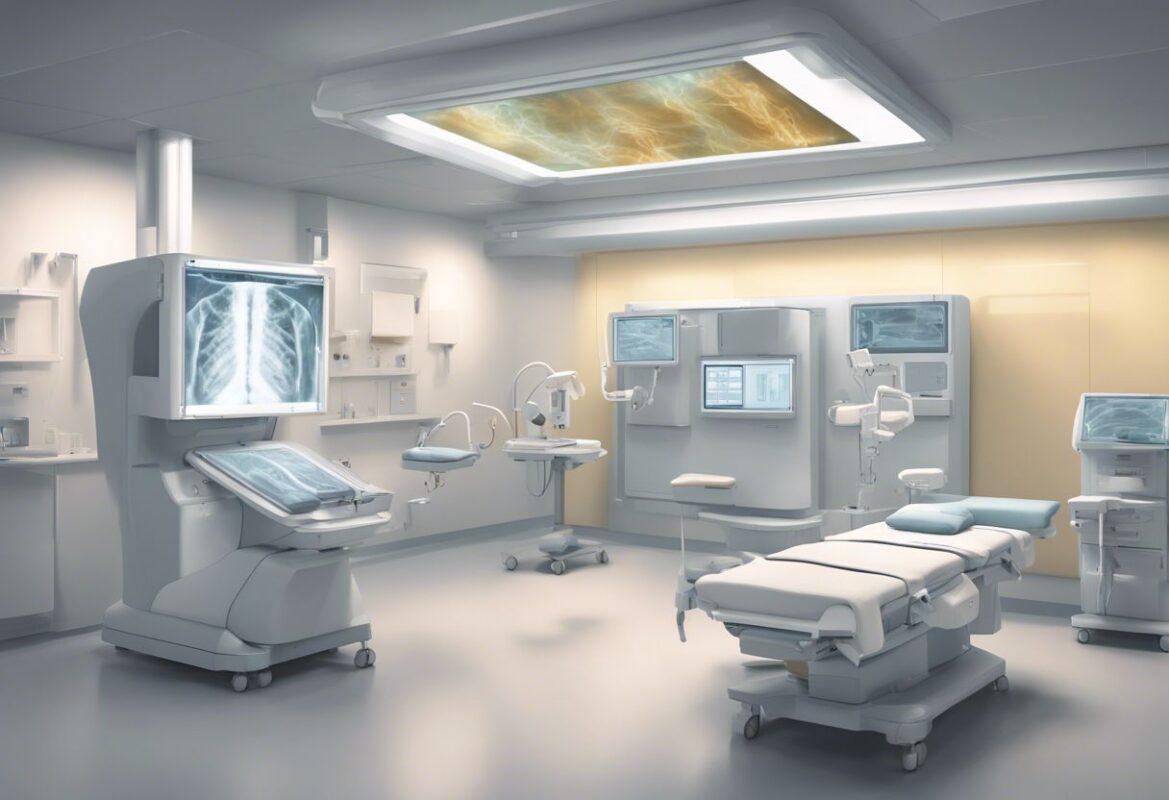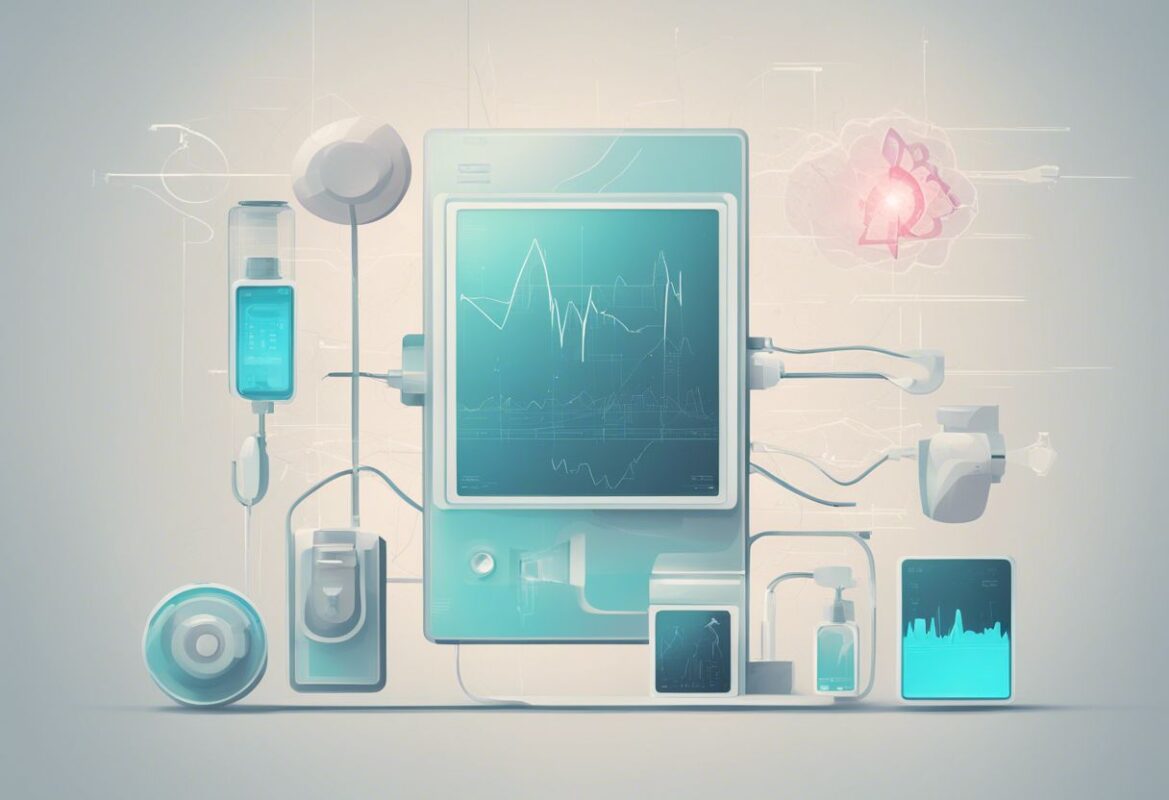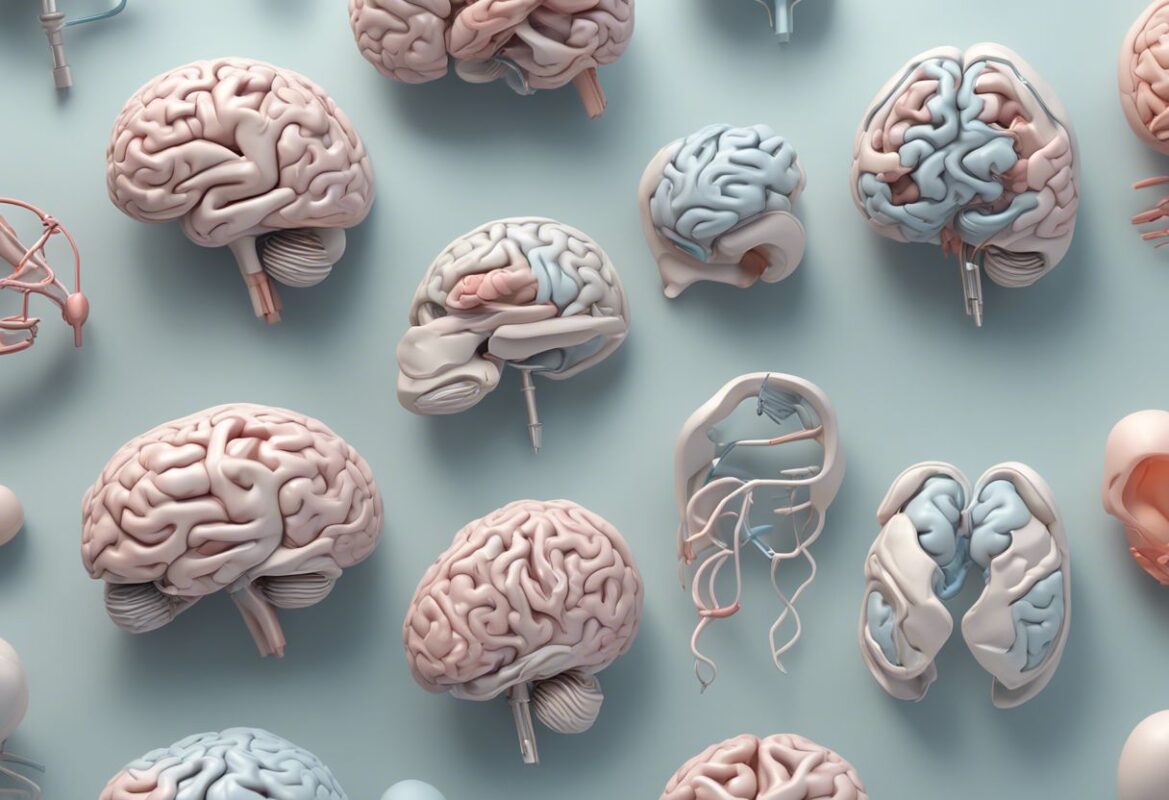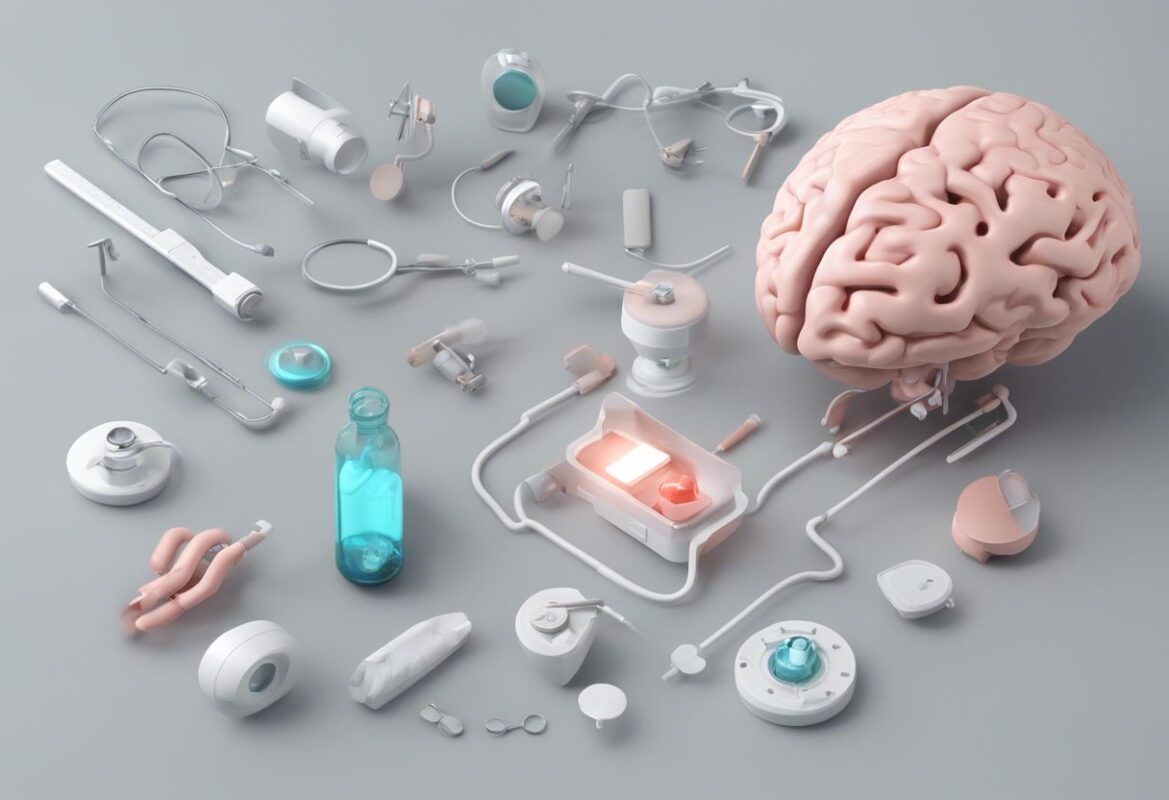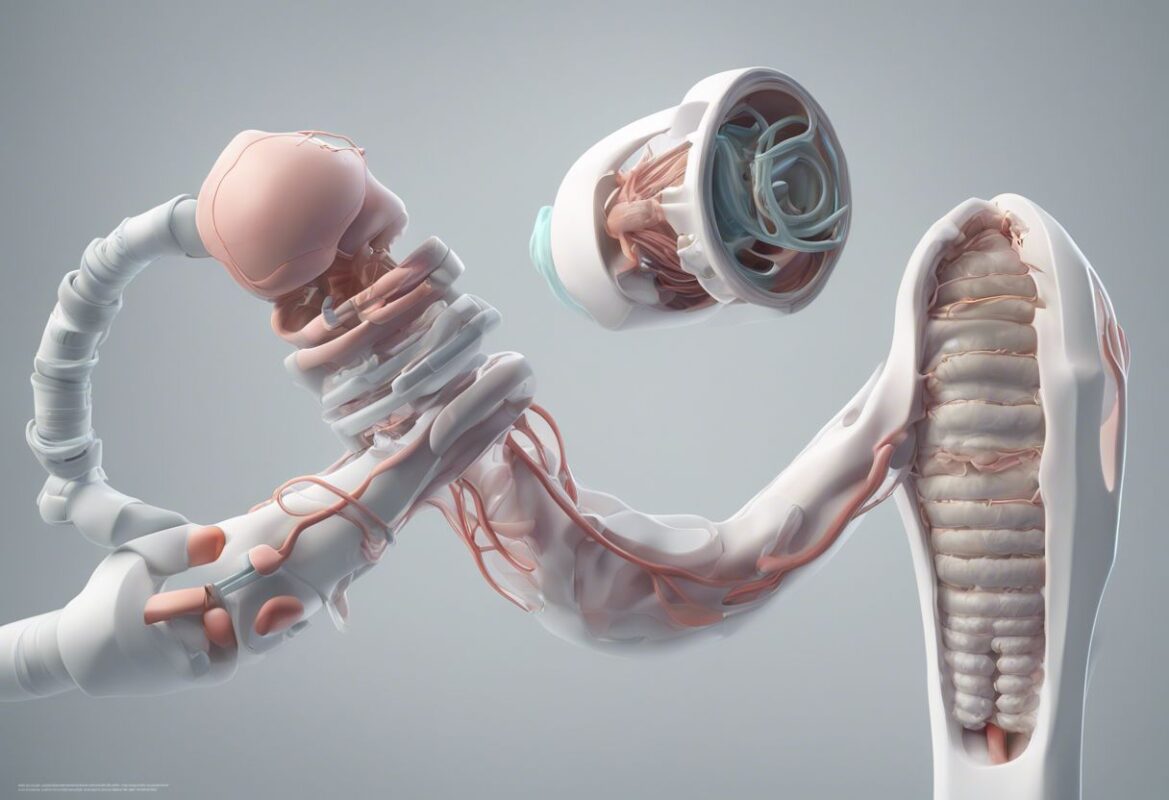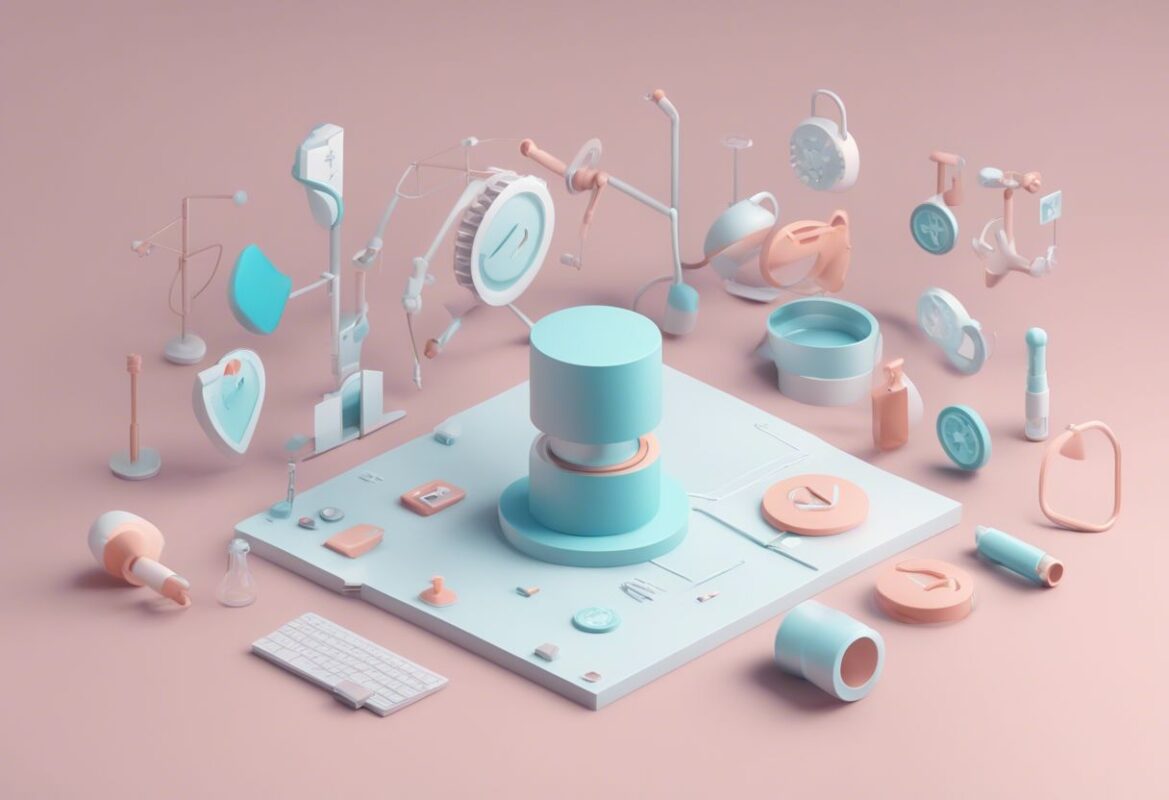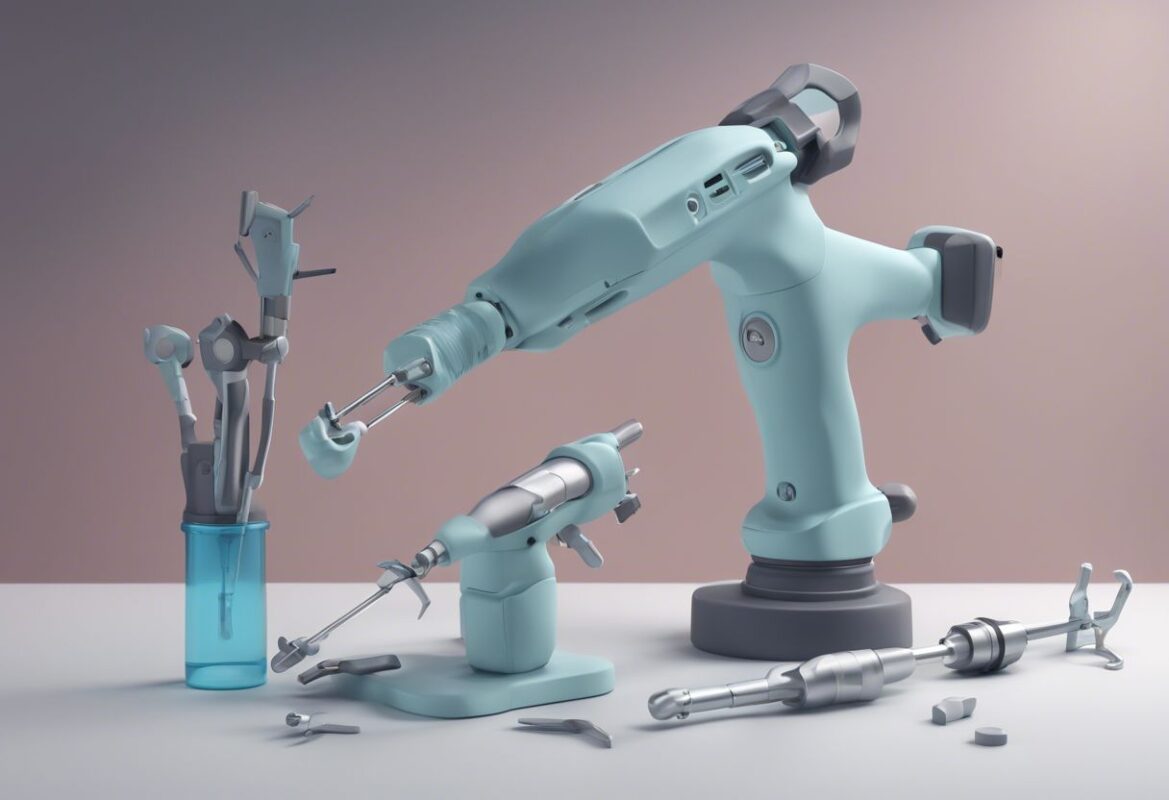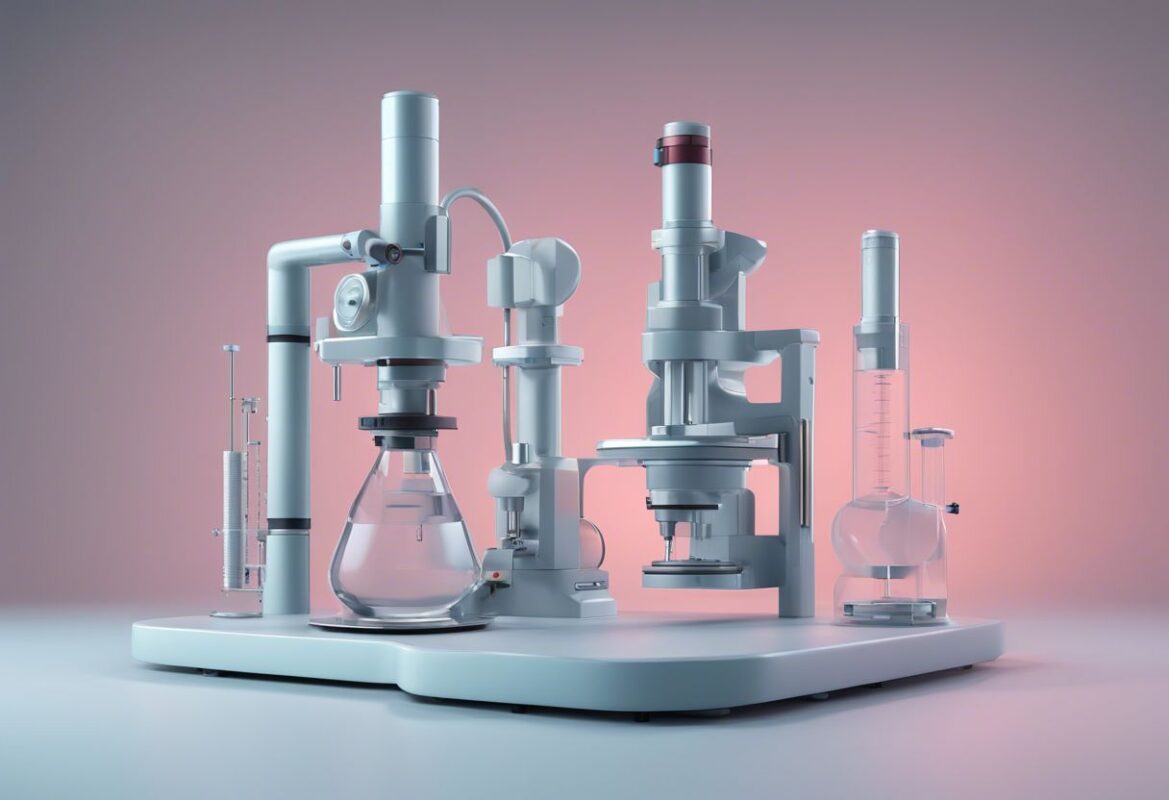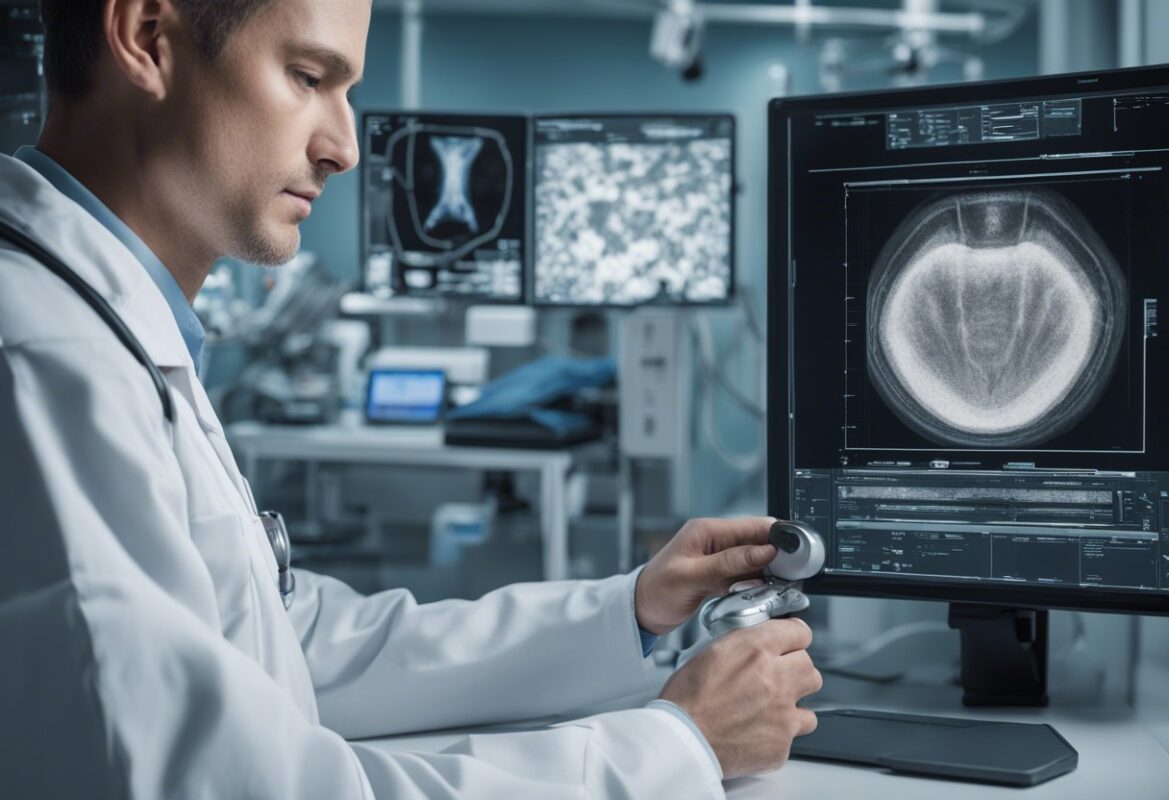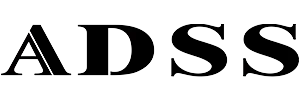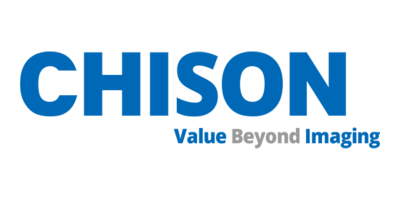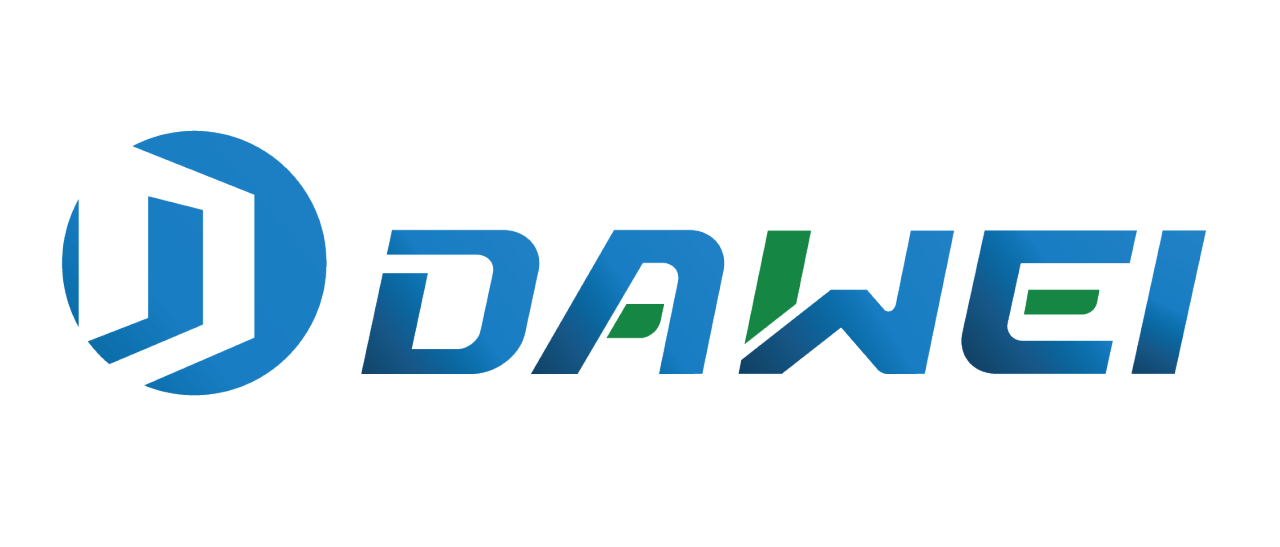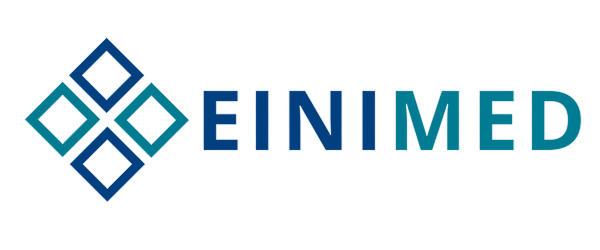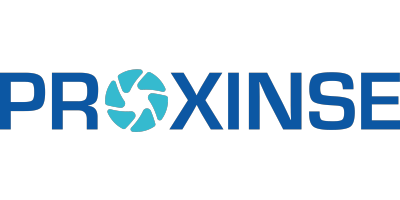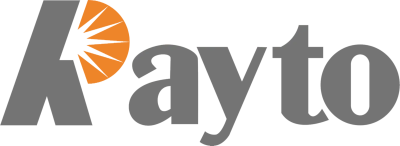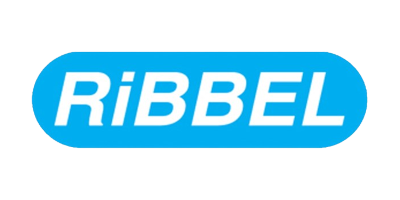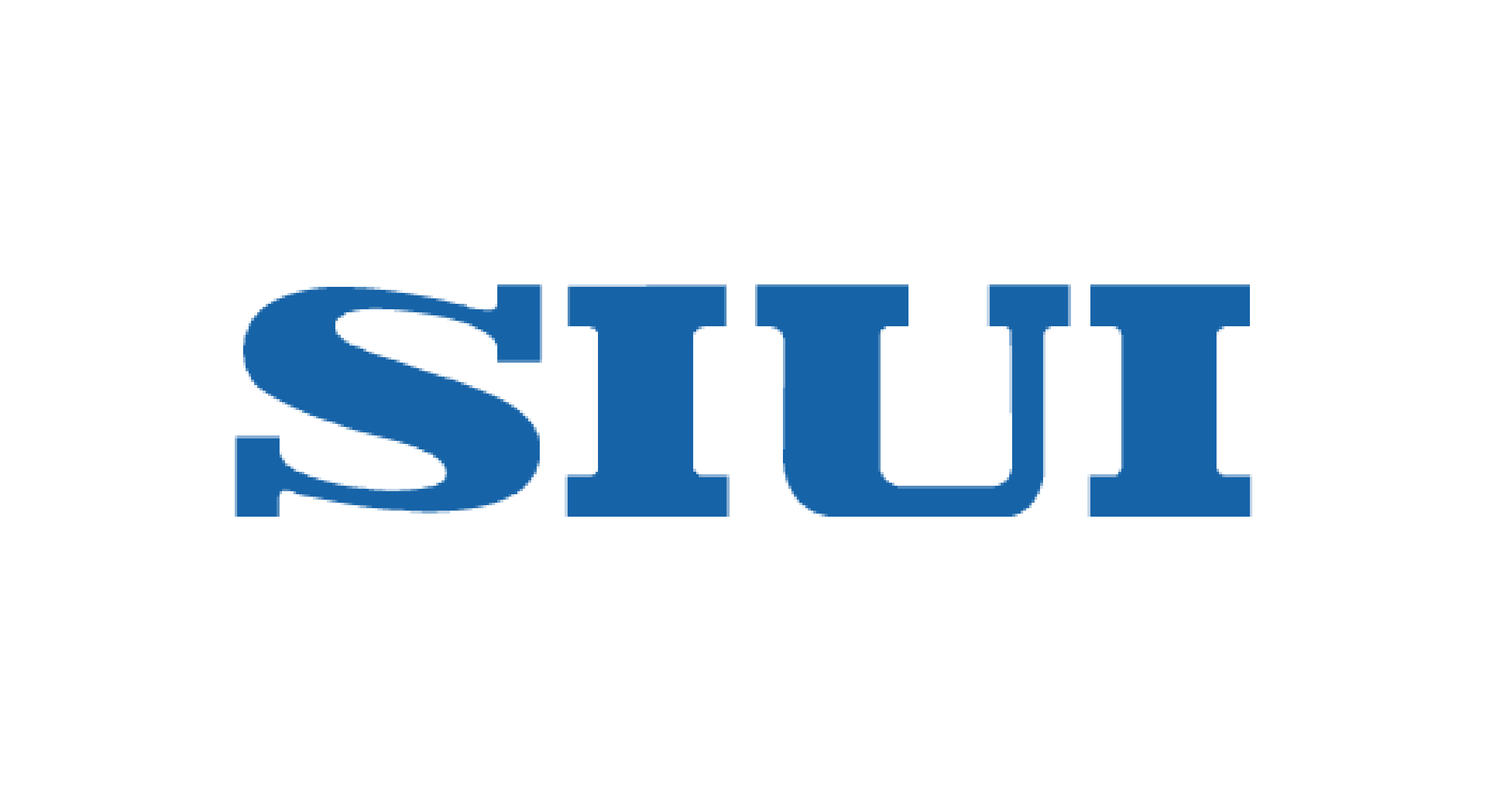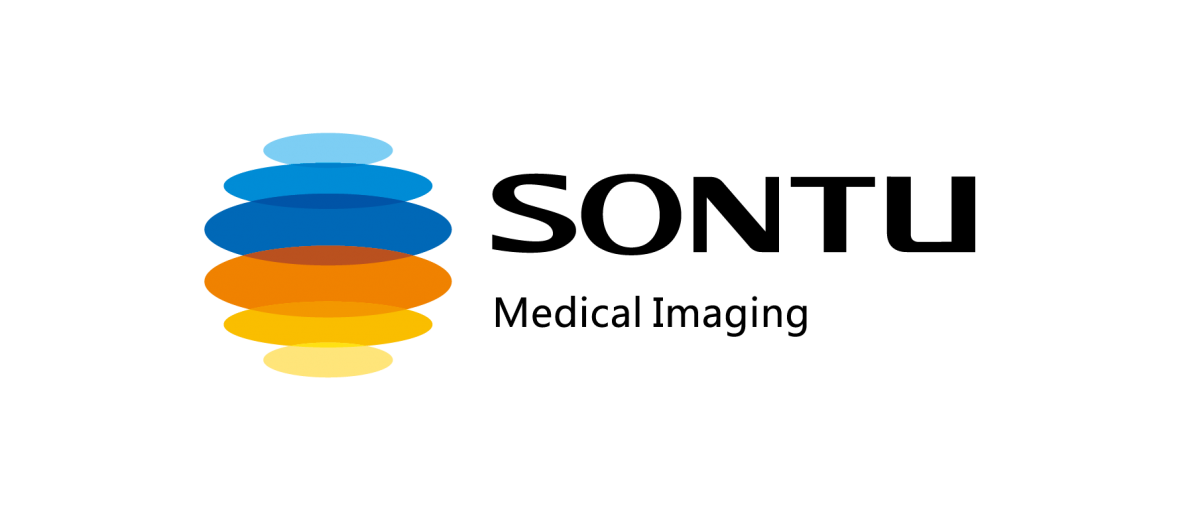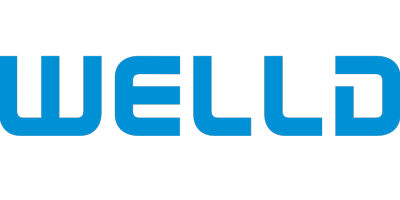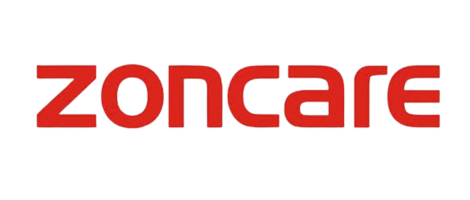In the rapidly evolving landscape of healthcare, patient monitoring systems have emerged as critical tools for enhancing patient care and outcomes. These systems allow for continuous observation of patients’ vital signs and other health parameters, providing real-time data that can be crucial for timely and effective medical interventions. Despite currently having “0 products” in your patient monitoring category, this blog will delve into the importance, types, benefits, and future of patient monitoring systems, setting the stage for your future offerings.
Understanding Patient Monitoring Systems
Patient monitoring systems are sophisticated medical devices designed to measure and record various physiological parameters of patients. These systems are essential in intensive care units (ICUs), emergency rooms, and other healthcare settings where continuous monitoring is critical.
Key Components
- Sensors: These devices detect physiological signals such as heart rate, blood pressure, oxygen saturation, and more.
- Transducers: Convert physiological signals into electrical signals that can be processed by the monitoring system.
- Display Units: Provide real-time visualization of the patient’s vital signs.
- Alarms: Alert healthcare providers to any abnormal or critical changes in the patient’s condition.
- Data Storage: Securely store patient data for future reference and analysis.
Types of Patient Monitoring Systems
Patient monitoring systems can be categorized based on their applications and the parameters they measure. Here are some of the most common types:
1. Vital Signs Monitors
- Description: Measure core physiological parameters such as heart rate, blood pressure, respiratory rate, and temperature.
- Applications: Used in virtually all healthcare settings, from hospitals to outpatient clinics and home care.
2. Cardiac Monitors
- Description: Specifically designed to monitor the electrical activity of the heart.
- Applications: Essential in ICUs, cardiac care units, and for patients with known heart conditions.
3. Respiratory Monitors
- Description: Track respiratory rate, oxygen saturation, and sometimes CO2 levels.
- Applications: Vital for patients with respiratory conditions such as COPD or during surgery and post-operative care.
4. Fetal and Maternal Monitors
- Description: Monitor the health of both the mother and the fetus during pregnancy and labor.
- Applications: Widely used in obstetrics and gynecology.
5. Multi-Parameter Monitors
- Description: Capable of measuring multiple physiological parameters simultaneously.
- Applications: Commonly used in ICUs and emergency rooms for comprehensive patient monitoring.
Benefits of Patient Monitoring Systems
The integration of patient monitoring systems into healthcare settings offers numerous benefits, enhancing both patient care and operational efficiency.
1. Real-Time Data Collection
- Advantage: Continuous monitoring provides immediate data on patient status, enabling quick decision-making.
- Impact: Reduces the risk of complications and improves patient outcomes.
2. Early Detection of Abnormalities
- Advantage: Early warning systems alert healthcare providers to potential issues before they become critical.
- Impact: Allows for timely interventions, which can be life-saving.
3. Enhanced Patient Safety
- Advantage: Alarms and alerts ensure that no significant changes in patient conditions go unnoticed.
- Impact: Increases the safety of patients, particularly those in critical care.
4. Improved Efficiency
- Advantage: Automated data collection reduces the burden on healthcare staff.
- Impact: Allows healthcare providers to focus more on patient care rather than manual data recording.
5. Data Analytics
- Advantage: Collected data can be analyzed to improve patient care protocols and outcomes.
- Impact: Facilitates evidence-based medicine and continuous improvement in healthcare delivery.
The Future of Patient Monitoring Systems
The future of patient monitoring systems is bright, with technological advancements poised to further transform healthcare.
Wearable Technology
- Innovation: Wearable monitors are becoming more prevalent, allowing for continuous monitoring outside traditional healthcare settings.
- Impact: Increases patient convenience and enables remote monitoring, which is particularly useful for chronic disease management.
Artificial Intelligence (AI)
- Innovation: AI algorithms can analyze vast amounts of data to detect patterns and predict potential health issues.
- Impact: Enhances the accuracy of diagnoses and personalizes patient care.
Internet of Medical Things (IoMT)
- Innovation: IoMT connects medical devices to the internet, facilitating seamless data sharing and integration.
- Impact: Improves coordination among healthcare providers and streamlines patient care.
Telemedicine Integration
- Innovation: Integration with telemedicine platforms allows for remote consultations and monitoring.
- Impact: Expands access to healthcare, especially for patients in remote or underserved areas.
Advanced Biometrics
- Innovation: Next-generation sensors can measure a broader range of physiological parameters with greater accuracy.
- Impact: Provides a more comprehensive view of patient health, enabling better-informed clinical decisions.
Preparing for Future Offerings
While your current product lineup may not include patient monitoring systems, understanding their significance and the emerging trends is crucial for future expansion. Here are steps to prepare for introducing these systems:
Market Research
- Action: Conduct thorough research to identify the most in-demand patient monitoring technologies and understand market needs.
- Benefit: Ensures that your offerings align with customer requirements and market trends.
Supplier Partnerships
- Action: Establish relationships with reputable suppliers and manufacturers of patient monitoring systems.
- Benefit: Access to high-quality products and potential for exclusive distribution agreements.
Staff Training
- Action: Train your sales and support staff on the technical aspects and benefits of patient monitoring systems.
- Benefit: Enhances customer service and support, ensuring successful product adoption.
Marketing Strategy
- Action: Develop a comprehensive marketing strategy highlighting the benefits and applications of patient monitoring systems.
- Benefit: Effectively communicates the value proposition to potential customers, driving sales and market penetration.
Conclusion
Patient monitoring systems are at the forefront of modern healthcare, offering critical insights that enhance patient care and safety. As technological advancements continue to evolve, these systems will become even more integral to healthcare delivery. By understanding the current landscape and preparing strategically, your med-tech distribution business can successfully enter this dynamic market, providing innovative solutions that meet the needs of healthcare providers and improve patient outcomes. Stay tuned for future product launches and advancements in this exciting field.
